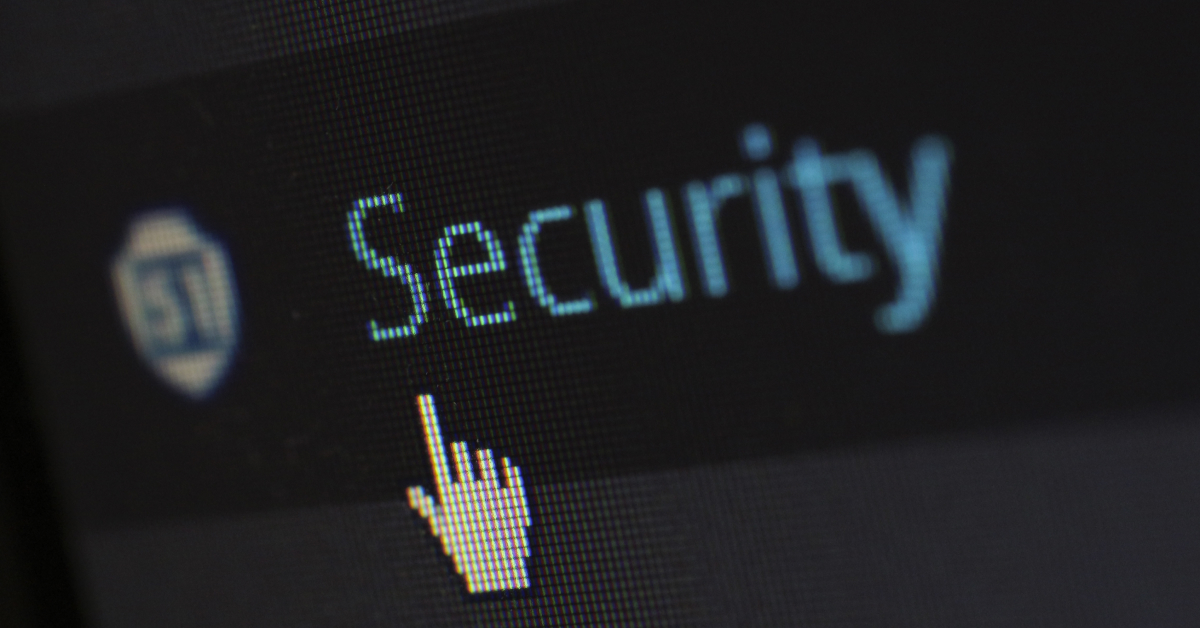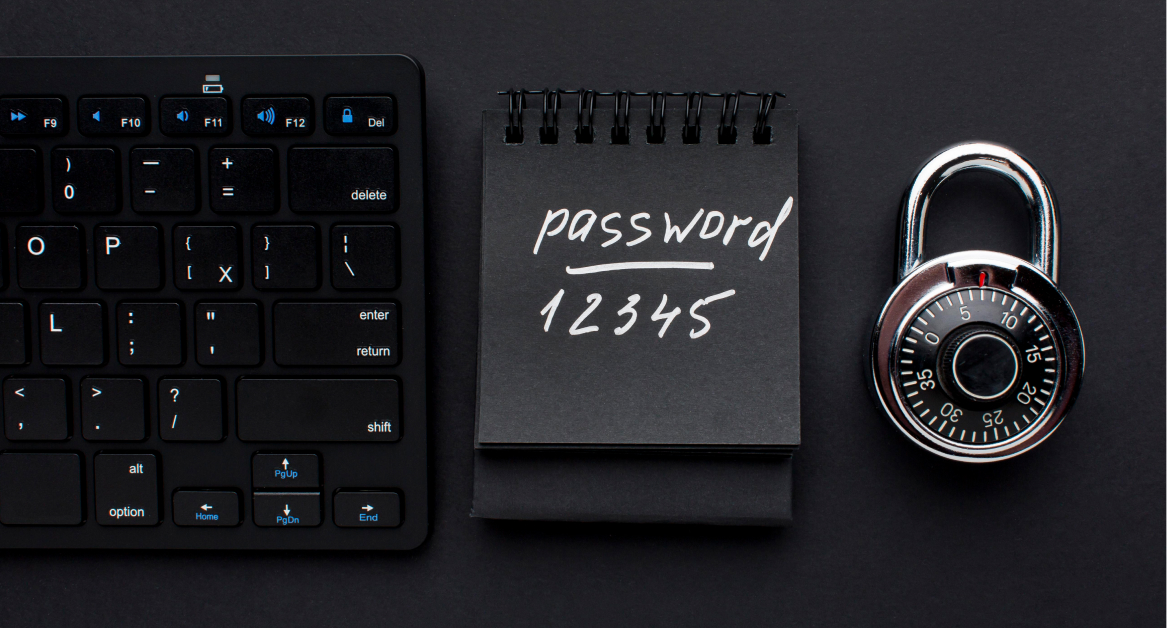More than ever, businesses are relying on distributed teams and digital tools to operate seamlessly. While technological solutions like regular firewalls and multi-factor authentication play a pivotal role in safeguarding data, the human element remains a potential vulnerability.
Interestingly, human error, often stemming from a lack of security awareness, is one of the most significant contributors to cyber breaches. According to IBM 2020 Cost of a Data Breach Report, human error was the cause behind 23% of data breaches
This has brought attention to the concept of the “human firewall,” a term that goes beyond hardware and software to address the person sitting in front of the screen.
What is a human firewall?
The term “human firewall” refers to the cognitive and behavioral aspects of an organization’s cybersecurity strategy. Unlike a regular firewall that acts as a filter between a device or network and potential threats, a human firewall targets the vulnerabilities of humans.
Simply put, it’s about strengthening the human link in the chain of cyber defense.

So what are the most prominent cyber risks that target the weak human defense link?
- Phishing: These are deceptive messages designed to trick recipients into sharing sensitive information or downloading malicious software.
- Weak password practices: Using easily guessable passwords, using the same password across multiple platforms, or not updating passwords regularly.
- Accidental data exposure: This might involve unintentionally sending sensitive information to the wrong recipient or mistakenly sharing private files publicly.
- Downloading malicious software: This happens when individuals unintentionally download and install software that contains malware, viruses, or other malicious entities.
- Social engineering: This involves manipulating individuals into divulging confidential information or taking certain actions that compromise security. Techniques can range from impersonating a colleague on a call to creating fake social media profiles.
A strong human firewall is instrumental in recognizing and combating these threats. But how does one foster this line of defense? How do we ensure that every individual within an organization is equipped with the right tools and knowledge to repel cyber-attacks? The answer lies in regular training, security awareness, and a commitment to data protection.
6 attributes of a strong human firewall
Creating a resilient human firewall isn’t just about recognizing threats; it’s about cultivating a comprehensive cybersecurity culture. This involves fostering specific traits and attitudes in your employees. Here are the distinguishing attributes of a strong human firewall:

- Proactive vigilance: Individuals are always alert to potential threats. Whether it’s a suspicious email, an unexpected request for information, or an unfamiliar software update prompt, they approach it with caution.
- Informed decision-making: Armed with knowledge about various cyber threats, employees can make well-informed decisions. They know, for instance, that a genuine bank will never ask for their password over the phone or that a legitimate software update shouldn’t redirect to a third-party site.
- Continuous learning: Cyber threats are ever-evolving. A robust human firewall understands this and is committed to continuous learning. They stay updated on the latest security tools and the ever-changing landscape of cyber threats.
- Prompt reporting: When confronted with a potential threat, they don’t just ignore or delete it. Instead, they report it to the IT department or the designated person, ensuring that potential breaches are addressed before they escalate.
- Commitment to company policies: They adhere to the company’s security policies, whether it’s using multi-factor authentication, regularly updating passwords, or ensuring that company data isn’t stored on personal devices.
- Adaptability: With the dynamic nature of cyber threats and the technological landscape, adaptability is crucial. Employees are open to new tools, techniques, and policies introduced to enhance security.
How to build and strengthen the human firewall
Building a formidable human firewall is a multi-faceted approach that goes beyond mere training sessions. Here’s a comprehensive strategy to help you instill and strengthen this line of defense in your organization:
Regular training
Hosting frequent cybersecurity training sessions is foundational. These sessions should cover the basics, from identifying phishing emails to the importance of strong password practices. Leveraging real-world examples and simulations can make these training sessions more impactful.
Security awareness campaigns:
Create awareness campaigns that keep cybersecurity at the forefront of employees’ minds. Posters, regular updates on security trends, and even quizzes can be powerful tools. For instance, familiarizing your team with content from our risk management in cybersecurity blog can be a great starting point.
Simulated attacks:
Organize fake phishing attacks or social engineering attempts to test employees’ preparedness. These simulations offer real-time insights into areas of vulnerability and provide a practical way to reinforce training.
Open communication channels:
Encourage employees to report any perceived threats without the fear of backlash. This fosters an environment where potential issues are addressed promptly.
Use of advanced but simple security tools:
While the human firewall focuses on the human element, it’s also vital to back it up with advanced technological tools. Implement advanced malware detection, data encryption, and real-time monitoring.
However, advanced security tool comes with a big cost, they are too complex.
According to IBM Cost of Data Breach Report 2023, “The biggest cost amplifiers were security system complexity…breaches at organizations with security system complexity had an average cost of USD 241.000”
Therefore, choosing an intuitive, compacted IT software like Esevel for your remote team plays an important part in strengthening the human firewall.
Embrace multi-factor authentication:
Promote the use of multi-factor authentication (MFA) for accessing company resources. This added layer of security ensures that even if a password is compromised, unauthorized access is still challenging.
Promote a culture of cybersecurity:
Building a strong human firewall isn’t just an IT department’s responsibility. It should be part of the company culture. This involves everyone, from the CEO down to the newest intern, understanding the importance of cybersecurity and being committed to upholding it.
Reward and recognize:
Recognize and reward employees who demonstrate exceptional commitment to cybersecurity. This not only motivates them but also encourages others to follow suit.
Stay updated on the latest threats:
Cyber threats are constantly evolving. Subscribing to cybersecurity news feeds, attending seminars, or even consulting with cybersecurity experts can help organizations stay ahead of potential risks.
Review and update policies regularly:
As cyber threats change, so should company policies. Regularly review and update company cybersecurity policies with insights cultivated from periodical cybersecurity analytics.
In an era where the majority of employees are working from home, and as the boundaries between personal and professional devices blur, building a robust human firewall becomes even more critical. While technological solutions are invaluable, the human element, if adequately trained and informed, can be the strongest asset in your cybersecurity arsenal.
The role of the human firewall and how Esevel can help
Everyone is a key player in cybersecurity. From CEOs to new hires, each action can either strengthen or compromise our defense against cyber threats. Building a human firewall goes beyond awareness—it demands continuous education, practical steps, and a culture that prioritizes security.
Esevel offers solutions that address both technological and human aspects of cybersecurity, especially in the remote working era. We help companies mitigate the risk of human error, require complex passwords, enforce SSO and MFA, and then push security policies and configurations on employee laptops. Schedule a free demo now!







